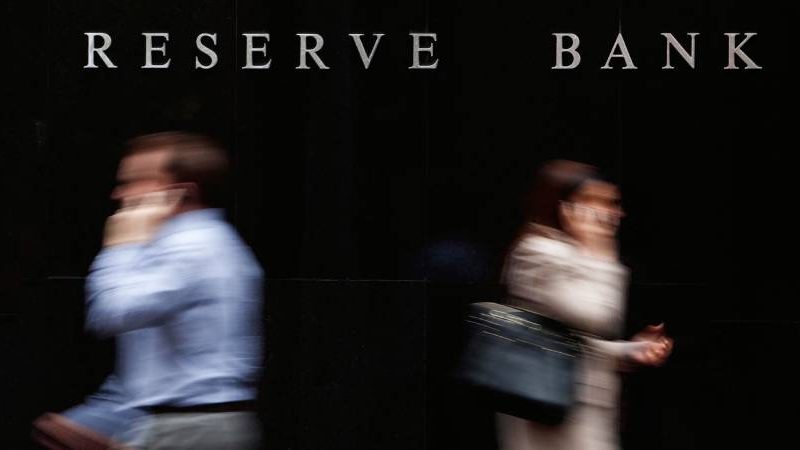by Kristina Hooper, Invesco Canada
Weekly Market Compass: Kristina Hooper highlights key issues to watch including central bank meetings, the U.S. jobs report, earnings releases, COP26, OPEC+, and much more.
November is starting off with a flurry of activity. Central bank meetings in the U.S., England, and Australia are expected to create headlines. A major climate change conference kicks off in the UK against the backdrop of increasing energy prices. The world’s major oil exporting nations meet to decide their strategy amidst global pressure to increase production. Plus, we anticipate the release of a key U.S. jobs report as well as more news on corporate earnings. Here are nine things I’m watching this week and beyond.
1. The U.S. Federal Reserve meeting
This may finally be the moment we have all been waiting for. The U.S. Federal Reserve (Fed) is expected to announce the start of tapering at its meeting this week. There could be more volatility in advance of the meeting, but I think it will be minor. The Fed has over-communicated the fact that tapering will begin soon, so I think it’s already largely priced in. So I will be focused on Fed Chair Jay Powell’s press conference. I will be listening closely for any small changes in what Powell says. Having said that, I don’t think the Fed will become spooked by inflation and change its “patiently accommodative stance.” I expect it to continue saying what it’s been saying: Rate hikes have been decoupled from tapering, so we shouldn’t expect rate hikes to begin until the back half of 2022.
2. Bank of England meeting
The Bank of England (BOE) has been more hawkish than the Fed recently, and I expect it to raise rates at its meeting this week. The BOE’s meeting comes on the heels of the Bank of Canada’s meeting last week, when it surprised markets with a quick end to its large-scale asset purchase program. I think the BOE will follow suit. Even though some are arguing they won’t act for a few months in order to see the impact of the end of furlough assistance, I don’t think the BOE believes it has the luxury of time. Some developed market central banks could be getting more hawkish, such as the BOE, but I believe the Fed will be a laggard.
3. Reserve Bank of Australia (RBA) meeting
Australia’s central bank also meets this week. This is an important meeting because the RBA failed to defend its bond yield target through asset purchases last week, resulting in a loss of yield curve control; this raises expectations that the central bank will formally end its yield target program at its meeting.
4. COP26 meeting
The UK is hosting the 26th UN Climate Change Conference of the Parties (COP26), which runs to Nov. 12. Cooperating to battle climate change has become more difficult with high energy prices. Some countries are feeling pressure to ease environmental regulations given the current environment of supply chain disruptions and higher energy prices. Some countries have brought coal plants back on line as there is increased demand for electricity and natural gas prices have soared, while some countries have removed taxes on fossil fuels, essentially subsidizing them. Keep in mind that when the Paris Climate Accord was signed on April 22, 2016, West Texas Intermediate (WTI) crude oil cost $44.23 per barrel, Brent crude was $45.59 per barrel, natural gas was $2.08 per million Btu, and coal was approximately $80 per metric ton.1 It’s a very different story today: WTI crude oil is $83.57 per barrel, Brent crude oil is $83.20 per barrel, natural gas is $5.54 per million Btu, and coal is $233 per metric ton.1
5. OPEC+ meeting
The pressure is increasing on oil-producing countries to increase production. Thus far, they have been very disciplined. When OPEC+ meets on Nov. 4, I suspect they will continue with that stance, only agreeing to a limited increase in production, meaning higher energy costs are likely to remain – at least for now. One source of optimism is news that Iran will restart talks on its nuclear program, which could mean significant Iranian exports adding to supply and easing pricing pressure if some kind of deal can be reached.
6. More earnings announcements
Last week was when we finally saw a few high-profile earnings disappointments due to supply chain disruptions and higher labour costs. It wasn’t pretty – these were big misses for the most part – but markets barely flinched. This week we will get reports from many companies, including some retailers, so wage growth will be top of mind. Having said that, we want to follow wage growth closely because the longer this lasts, the more problematic it is likely to be for companies and investors.
7. The U.S. jobs report
As I have said before, October’s jobs report (to be released Nov. 5) could be the first report that reflects more normalcy in the job market, given that it looks at employment from roughly mid-September to mid-October (after children have gone back to school and enhanced unemployment benefits have rolled off, and after the peak of the most recent COVID wave). September’s jobs report was a disappointment, but I have much higher hopes for October. We will want to pay close attention to wage growth, given that is an increasing problem for companies.
8. The Japanese stock market
Japanese markets will be digesting the results of the national election, which enabled new Prime Minister Fumio Kishida to maintain a majority in Parliament, despite expectations that he would not be able to do so. This means he will likely be able to move his economic agenda forward, including fiscal stimulus. The initial stock market reaction has been positive, and I think this sentiment has legs; I believe this could be the start of a considerable stock market rally in Japan, fueled by improved sentiment. After all, there is a high vaccination level in Japan (about 75% of the population is believed to be fully vaccinated, according to Reuters’ COVID-19 Tracker) and the economic re-opening is gathering steam. For example, the mobility trend for restaurants, shopping centers and other retail businesses has improved and is only 6% below pre-pandemic levels.2
9. COVID cases
I keep hearing that the stock market doesn’t care any more about COVID, that we have moved past it. That’s a luxury we can have when COVID infections are in abeyance. But make no mistake — COVID remains a significant economic and market issue as any outbreak can cause the shutdown of an assembly line, plant or dock, especially in Asia where they take such outbreaks very seriously.
1 Source: Bloomberg, L.P., as of Nov. 1, 2021
2 Source: Google Mobility, as of Oct. 29, 2021
This post was first published at the official blog of Invesco Canada.














